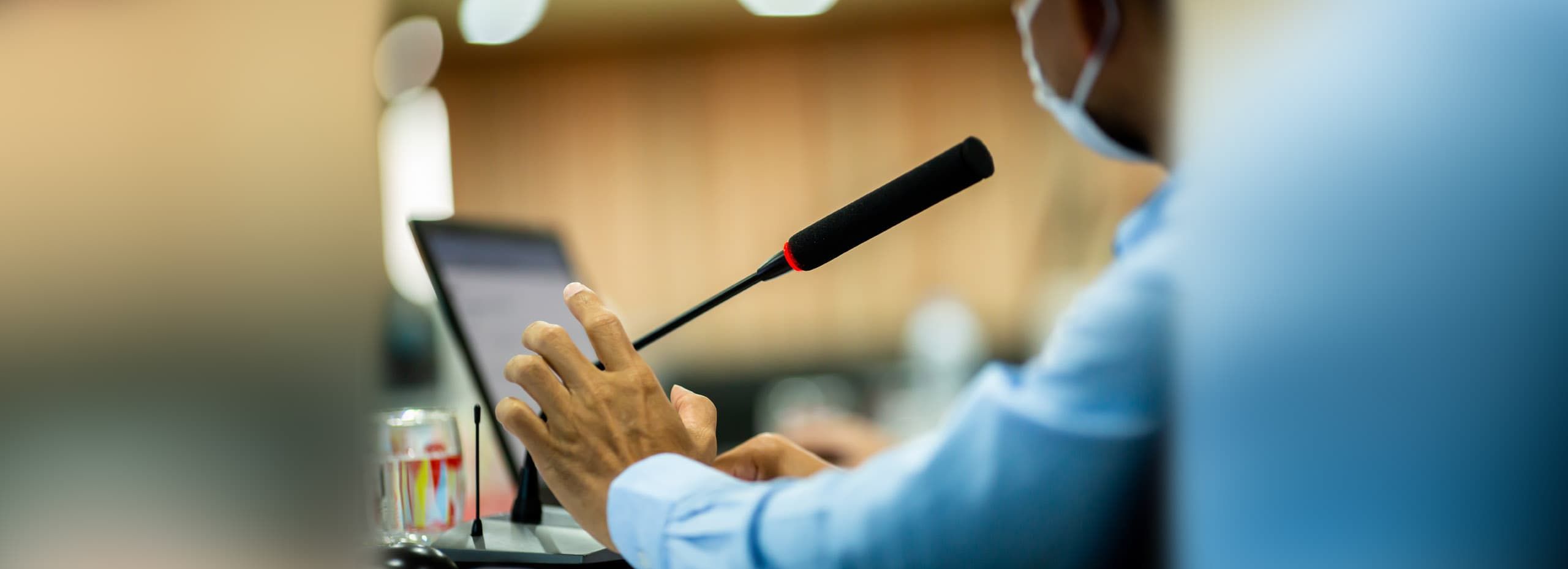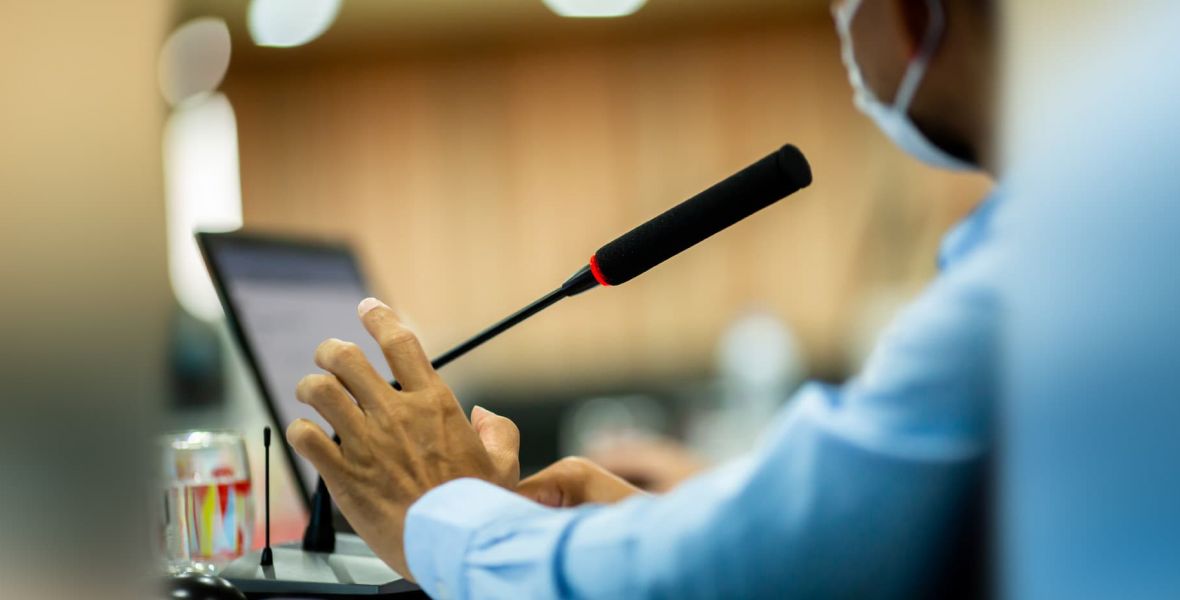

Embracing the Gains of Virtual Trials – Part 2
In the first part of this series, I attempted to assuage our fears of what is lost by conducting jury selection virtually by identifying what we have gained from this new medium. In the second and final part of this series, I address the concern with jurors’ ability to evaluate the credibility of witnesses who testify remotely or are wearing masks (i.e., in a socially distanced courtroom), as well as to empathize with them and ensure due process (i.e., honor the presumption of innocence). Drawing again upon theory and anecdote, I demonstrate that our fears are much less palpable than originally thought.
EVALUATING WITNESS CREDIBILITY
One of the most seminal findings in psychology is that people, regardless of their level of alleged “expertise” or other individual difference characteristics, are not very good at detecting deception (Bond & DePaulo, 2006, 2008). In fact, overall rates of correctly identifying lies from truths are no better than chance. What we have found, however, is that there is some variability in the inclination to view others as truthful, and some people are perceived as more credible whether they are lying or telling the truth.
For example, some people are generally more suspicious of communications in general and those people are, not surprisingly, more likely to view others as lying. Jurors may, by virtue of being a juror, be more likely to evaluate witnesses through a lens of skepticism a priori. The largest determinant of deception detection, though, is the credibility of the person being judged. Some people simply look more honest than others (e.g., infants with baby faces are seen as more honest and infants who look mature are seen as more dishonest (Masip, Garrido, & Herrero, 2004). Through social reinforcement, children’s degree of “facial honesty” will determine whether they learn that lying does or does not benefit them. Children who appear facially honest will learn that they can avoid punishment by lying and, over time, will become better liars. Those who appear facially dishonest will learn that lying does not serve their purposes and will not cultivate their lying skills. It is no wonder, then, that people are poor lie detectors: The information we think we should be relying on when judging lies from truths (e.g., demeanor, body language, appearance) is confounded by the skills of the speaker.
What does all this mean? When jurors evaluate witness credibility, they are relying on unreliable cues (e.g., gaze aversion, fidgeting, appearance) that can mislead them. Counterintuitively, being forced to focus more on the content of what a witness is saying without the distraction of nonverbal behaviors (e.g., when a witness is forced to wear a mask) may improve the accuracy of jurors’ credibility assessments. Moreover, although we typically consider eyes as “windows to the soul” and that reading others’ facial expressions are critical to empathy, empathic accuracy is greater when we only hear someone’s voice than when we look at their facial expressions or when we look at their facial expressions and see their voice (Kraus, 2017). The reason for this increased empathic accuracy when focusing on voice alone is due to increased attention to the subtleties in vocal tone. In fact, humans have an extremely sophisticated ability to perceive nuances in voices (Sidtis & Kreiman, 2011). The voice, it seems, is a far more reliable indicator than the face, particularly when we devote our full attention to it.
Steering jurors more towards a witness’s voice and away from their face, then, could be viewed as another gain resulting from some of these COVID-related modifications (namely, mask wearing). This shift may serve to enhance due process, rather than undermine it. But does this mean that we should always have witnesses wear masks when they testify? Not at all. This is all at the level of theory, and applied research would be needed to support such a permanent change. What this does suggest, however, is that our concerns about having witnesses testify while wearing masks can be tempered.
A greater concern is forcing jurors to go from evaluating several masked witnesses in person to evaluating other witnesses in pre-recorded videos or via livestream. The resulting shift in evaluative strategy can be jarring for jurors and can also cause them to compare the different mediums of testimony in superficial ways that unduly influence their judgments of credibility. Indeed, during end-of-day interviews for a shadow jury we recently conducted, jurors told me they found themselves far less engaged with the witnesses who had testified over video later in the day relative to those who had testified in person earlier in the day, and this undermined their ability to attend to the points the attorneys were trying to elicit through the witnesses testifying remotely. As a result, they found the witnesses who had testified in person to be more persuasive.
The most important lesson for witness testimony is to ensure, whenever possible, that witnesses testifying on the same day do so in the same format and that if they are testifying remotely their audio is clear—the last thing you want is to force jurors to focus on unreliable nonverbal indicators because they cannot hear the witnesses’ testimony clearly (e.g., due to connection issues over Zoom or because of outdated courtroom audio equipment).
CONCLUSION
For those who remain unconvinced that the fears of remote or socially distanced proceedings are less menacing than originally thought, remember (for the gifted few who have managed to forget) that we have for a long time now been dealing with a disappearing jury. If anything can motivate us to embrace these changes, it should be a desire to protect our jury system, at minimum, if not enhance it.
To quote Richard Susskind: “If we were to start with a blank sheet of paper and were invited to design our own court system from scratch, what would it look like?” As we move away from pandemic-related restrictions and are tempted to resort to ways of old, we ought to consider what we have gained and how doing away with those gains might not serve the interests of justice.
Reprinted with permission from the May 13, 2022 edition of the New Law Journal © 2022 ALM Global Properties, LLC. All rights reserved. Further duplication without permission is prohibited, contact 877-256-2472 or reprints@alm.com.
Subscribe to Receive
our Latest News
Recent Content
The trial consultants trusted by the nation’s leading trial lawyers.
Locations
New York
Los Angeles